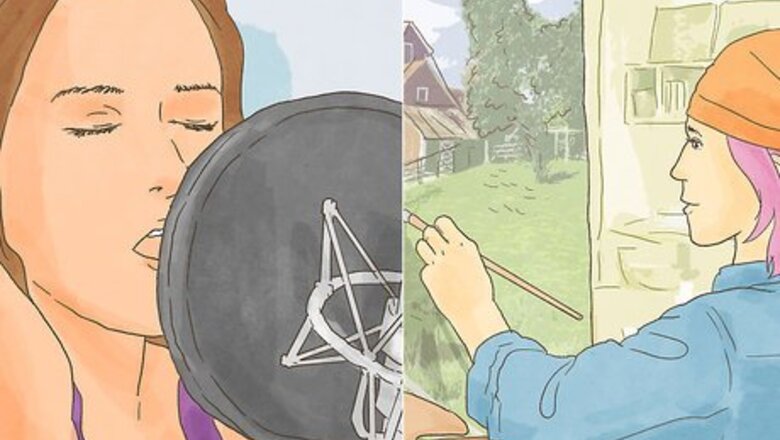
views
Creating a Copyright Notice
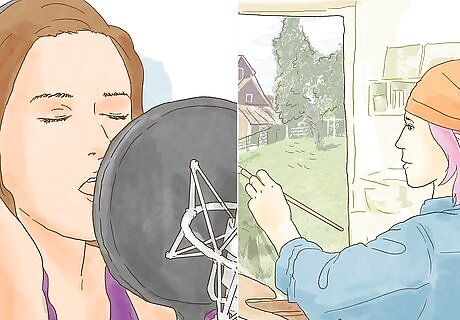
Determine if your work is protected by copyright. According to the United States Copyright Office, copyright protects original works of authorship. Common examples include dramatic, literary, musical, and artistic works, such as poetry, novels, movies, songs, computer software, photographs, paintings, and architecture. If you create an original work that fits within the categories listed, your work is protected by copyright. Copyright protection does not protect mere ideas. Instead, the idea must be put into something tangible. If you created a song, for example, you must either record the song, write out the notes or lyrics to the song, or otherwise make the song exist somewhere other than in your mind for it to be eligible.
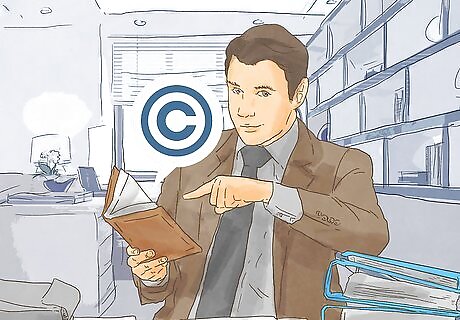
Create the appropriate symbol. Use the copyright symbol ©, known as “The C in a circle.” You can also use the word “Copyright” or the abbreviation “Copr.” to show that your work is protected by copyright law. If you are identifying your copyright in a sound recording only, then use the letter P in the circle. The use of this notice was required to have copyright protection in the past. However, as of March 1, 1989, you are not required to provide notice on any type of work. Nevertheless, it is still a good idea from a legal standpoint to post a copyright notice. For example, it can deter others from plagiarizing your work.

Identify the year of publication. In terms of copyright law, the word “publish” refers to the year in which you distributed copies or phonorecords (CDs, cassettes, etc.) of your work by sale or other transfer, such as rental, lease, or lending. If your work contains other copyrighted material, then the year the compilation was first published is sufficient. If the work is unpublished, then you can use a notice that reads: “Unpublished work Copyright 2016 Jane Doe.”

State your name or the name of the copyright owner. After creating your copyright symbol (or equivalents), you need to provide the name of the copyright holder. You can also use an abbreviation or an alternative designation that is generally known. Use your real name or any other name that you have the legal right to use. If you want your business to hold the copyright, then make sure you have properly formed the business. You may also need to complete a “Doing Business As” if you want to hold the copyright in your fictitious business name. With a phonorecord, the producer’s name will be considered part of the notice if the producer is named on the label or container and the notice contains no other name.
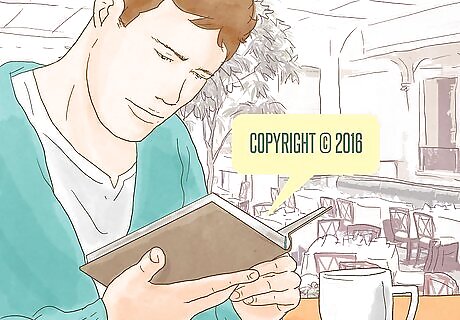
Place the copyright notice on your work. You should place the copyright notice in such a way that it provides reasonable notice of the copyright claim. It should not be concealed or hidden from view. If you can’t affix the copyright notice to the work itself, then you can attach it to a tag that travels along with the article in commerce. If you are selling a motion picture or audiovisual work, then you can affix the notice on a permanent container. Copyright notice is most often found in the footer of a website, at the bottom of a piece of written music, or in the first few pages of a book. In a video, you may include a copyright notice in the credits or with the title.
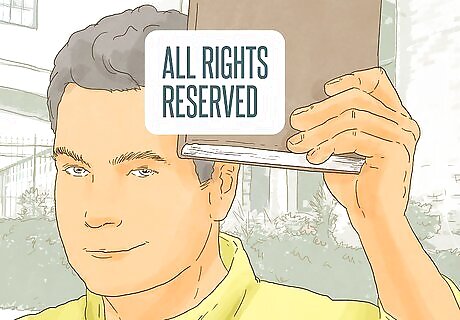
Include a rights statement. You can also include a rights statement, if you want. This statement tells the public what rights you are reserving for yourself. Consider using the following: For example, you could write “All Rights Reserved” if you don’t want to allow anyone to copy anything. For a Creative Commons License, you might want to include “Some Rights Reserved.” To give all rights away, you could include “No Rights Reserved.”
Registering Your Copyright
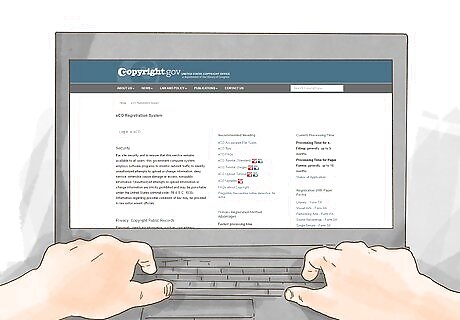
Register online. You do not have to register your copyright. However, registration provides you with important benefits, such as the ability to bring a lawsuit if someone uses your copyrighted material without permission. You can register online at the electronic Copyright Office (eCO): https://copyright.gov/registration/. Registering electronically is faster than registering using a paper application. You also will pay a lower filing fee. As of 2016, you will pay only $35 to register a single application online. You can pay with a credit card. You must submit “deposit copies” of your work with your application. You might be able to upload these copies as electronic files. Alternately, you might need to mail the deposit copies to the Copyright Office. Nevertheless, you still pay the lower online registration fee.

Obtain a paper application. You can also register your copyright using a paper application, if you think that is easier. You can obtain forms by calling 202-707-9100 or by printing off forms from the Copyright Office. You will need to obtain the following form, depending on the type of work you are registering: Form TX for literary works Form VA for visual arts works Form PA for performing arts works, including motion pictures Form SR for sound recordings Form SE for single serials
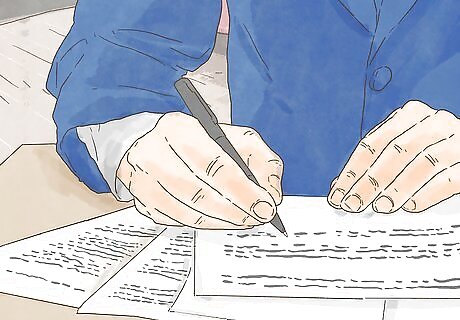
Complete the paper application. Type your information into the form or print neatly using black ink. Each form will ask for slightly different information. However, you will generally be asked for the title of the work, the name of the author, the name of the person claiming the copyright, and information about the first publication. If you have any questions, then call the Copyright Office toll free at 1-877-476-0778 or at 202-707-3000.
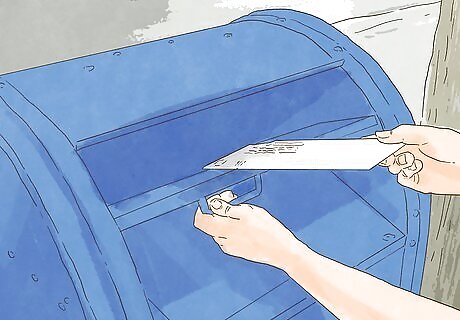
Submit your materials. You should submit your completed form as well as your hard copy deposits in a secured envelope. Generally, you must submit at least one copy or phonorecord of unpublished work but two copies of published work. Include your fee, which is $85 for paper registrations. Make your check or money order payable to “Register of Copyrights.” Mail the entire packet to Library of Congress, U.S. Copyright Office, 101 Independence Avenue SE, Washington, DC 20559.










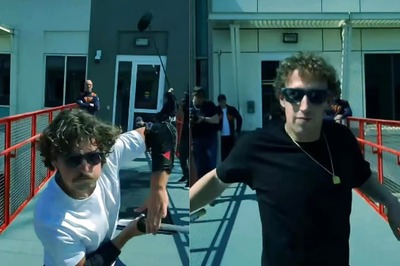








Comments
0 comment